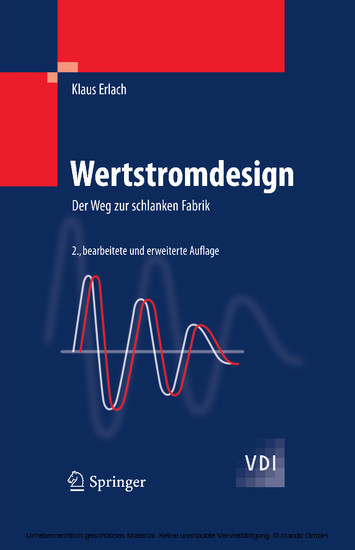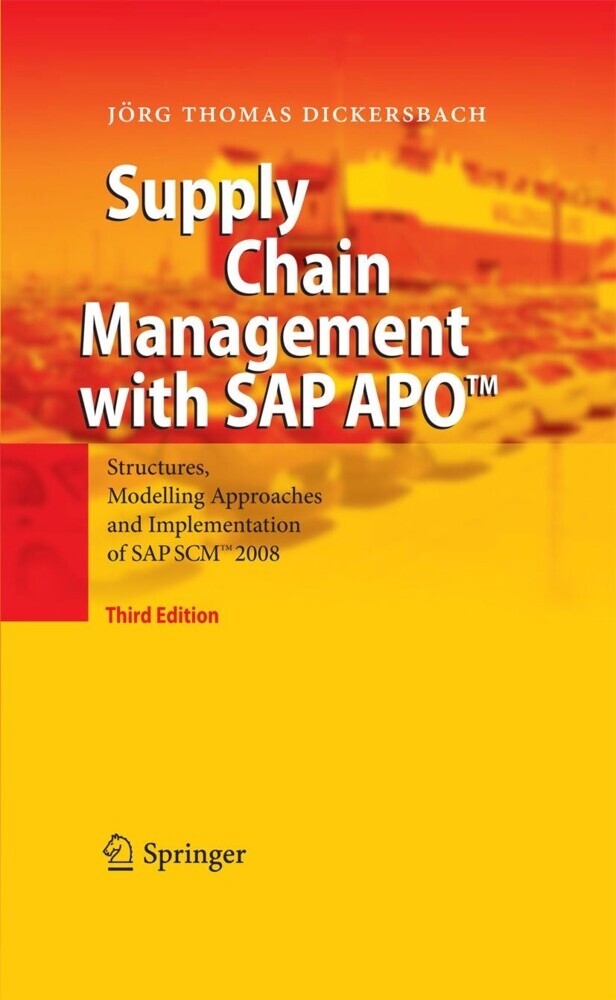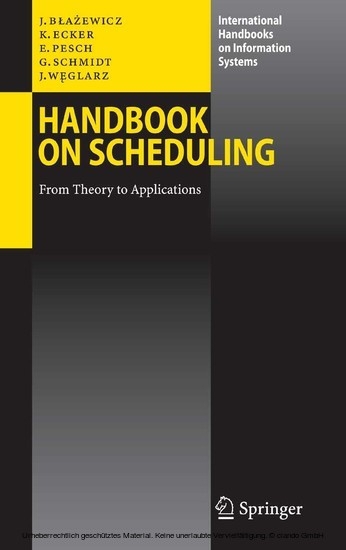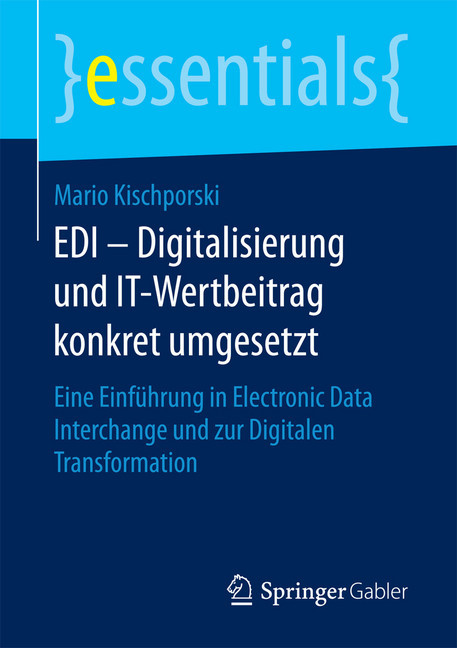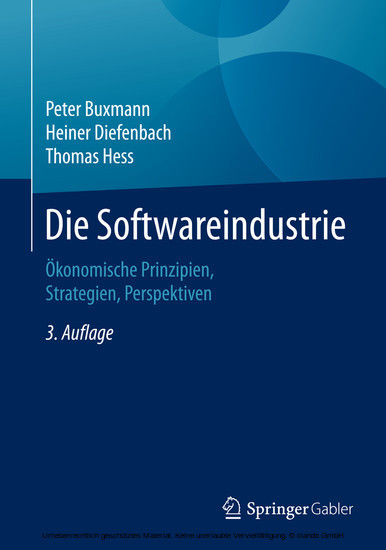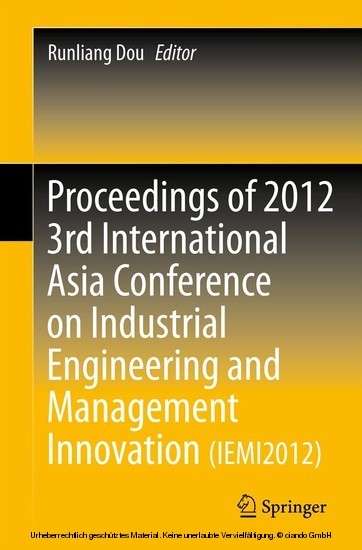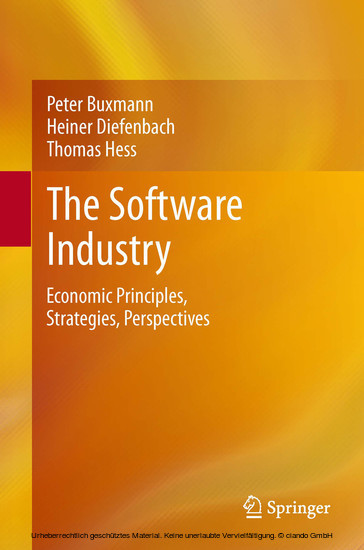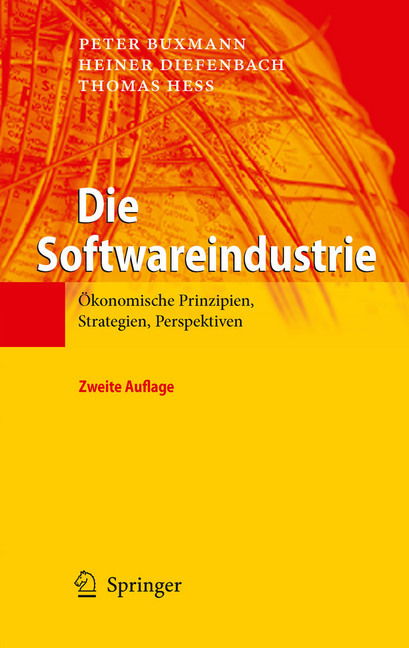Project Management
A Benefit Realisation Approach
Project Management
A Benefit Realisation Approach
This book is a complete project management toolkit for project leaders in business, research and industry.
Projects are approved and financed to generate benefits. Project Management: A Benefit Realisation Approach proposes a complete framework that supports this objective - from project selection and definition, through execution, and beyond implementation of deliverables until benefits are secured.
The book is the first to explain the creation of organisational value by suggesting a complete, internally-consistent and theoretically rigorous benefit-focused project management methodology, supported with an analytical technique: benefit engineering. Benefit engineering offers a practical approach to the design and maintenance of an organisation's project portfolio.
Building upon the authors' earlier successful book, Project Management for the Creation of Organisational Value, this comprehensively revised and expanded new book contains the addition of new chapters on project realisation. The book offers a rigorous explanation of how benefits emerge from a project. This approach is developed and strengthened - resulting in a completely client-oriented view of a project.
Senior executives, practitioners, students and academics will find in this book a comprehensive guide to the conduct of projects, which includes robust models, a set of consistent principles, an integrated glossary, enabling tools, illustrative examples and case studies.
Dr Zwikael is an Associate Professor in the College of Business and Economics at the Australian National University. The recipient of the International Project Management Association's Research Award, Dr Zwikael is the author of three books and more than 200 scholarly peer-reviewed papers published in leading journals. In addition, he has been awarded multiple research awards by the Academy of Management, British Academy of Management, Emerald and the Australian Institute of Project Management. Dr Zwikael has experience in exercising major leadership roles such as Associate Dean, Head of School, Associate Editor of the top project management journal (International Journal of Project Management) and an Executive Board member of three Project Management Institute (PMI) international chapters.
John Smyrk is a graduate of Monash University, holding an Honours degree in Economics (with a specialisation in Econometrics) and Masters in Economics (with a specialisation in Operations Research). He designed, developed and delivered post graduate courses in project management at a number of universities. He has spent years working in various industries, such as steel-making, infrastructure, heavy engineering, chemicals and industrial instrumentation. He has consulted to the public and private sectors, specialising in in project management, with clients in manufacturing, finance, transport and government. He is currently a private consultant in project management. With Dr Zwikael, he participates in an ongoing research program directed at the assembly of comprehensive, reliable and rigorous theoretical foundations for the discipline of project management.
Projects are approved and financed to generate benefits. Project Management: A Benefit Realisation Approach proposes a complete framework that supports this objective - from project selection and definition, through execution, and beyond implementation of deliverables until benefits are secured.
The book is the first to explain the creation of organisational value by suggesting a complete, internally-consistent and theoretically rigorous benefit-focused project management methodology, supported with an analytical technique: benefit engineering. Benefit engineering offers a practical approach to the design and maintenance of an organisation's project portfolio.
Building upon the authors' earlier successful book, Project Management for the Creation of Organisational Value, this comprehensively revised and expanded new book contains the addition of new chapters on project realisation. The book offers a rigorous explanation of how benefits emerge from a project. This approach is developed and strengthened - resulting in a completely client-oriented view of a project.
Senior executives, practitioners, students and academics will find in this book a comprehensive guide to the conduct of projects, which includes robust models, a set of consistent principles, an integrated glossary, enabling tools, illustrative examples and case studies.
Dr Zwikael is an Associate Professor in the College of Business and Economics at the Australian National University. The recipient of the International Project Management Association's Research Award, Dr Zwikael is the author of three books and more than 200 scholarly peer-reviewed papers published in leading journals. In addition, he has been awarded multiple research awards by the Academy of Management, British Academy of Management, Emerald and the Australian Institute of Project Management. Dr Zwikael has experience in exercising major leadership roles such as Associate Dean, Head of School, Associate Editor of the top project management journal (International Journal of Project Management) and an Executive Board member of three Project Management Institute (PMI) international chapters.
John Smyrk is a graduate of Monash University, holding an Honours degree in Economics (with a specialisation in Econometrics) and Masters in Economics (with a specialisation in Operations Research). He designed, developed and delivered post graduate courses in project management at a number of universities. He has spent years working in various industries, such as steel-making, infrastructure, heavy engineering, chemicals and industrial instrumentation. He has consulted to the public and private sectors, specialising in in project management, with clients in manufacturing, finance, transport and government. He is currently a private consultant in project management. With Dr Zwikael, he participates in an ongoing research program directed at the assembly of comprehensive, reliable and rigorous theoretical foundations for the discipline of project management.
1;Foreword;6 2;Preface;8 3;Contents;9 4;About the Authors;16 5;Projects: A Conceptual Framework;17 6;1 What Roles Do Projects Serve in Business?;18 6.1;1.1 The Nature of Projects;18 6.1.1;1.1.1 The Strategic Triggers for Projects;18 6.1.2;1.1.2 Implementing Strategy Through Projects;19 6.2;1.2 Trends in Today's Project Environments;21 6.3;1.3 Current Challenges for Business in Project Management;23 6.4;1.4 Issues with Current Project Management Methodologies;25 7;2 A Theoretical Framework for Projects;29 7.1;2.1 Projects as a Class of Process;29 7.2;2.2 The Input-Process-Output (IPO) Model;31 7.3;2.3 Project Outputs;33 7.3.1;2.3.1 Forms of Outputs;33 7.3.2;2.3.2 The Concept of an Operand;35 7.4;2.4 Project Outcomes;36 7.4.1;2.4.1 Outputs Versus Outcomes;36 7.4.2;2.4.2 Key Categories of Outcomes;37 7.4.3;2.4.3 Benefits and Outcomes;40 7.4.4;2.4.4 The 2NY Map for Target Outcome Definition;41 7.4.5;2.4.5 Baselining;46 7.4.6;2.4.6 Naming Target Outcomes;47 7.5;2.5 The Input-Transform-Outcome (ITO) Model;47 7.5.1;2.5.1 The Anatomy of the ITO Model;48 7.5.2;2.5.2 Accountability in the ITO Model;51 7.5.3;2.5.3 The Nature of Utilisation;52 7.5.4;2.5.4 The Impact of Projects on Operational Processes;54 8;3 The Structure of a Project;58 8.1;3.1 Project Global Phases;58 8.1.1;3.1.1 Project Initiation;59 8.1.2;3.1.2 Project Planning;61 8.1.3;3.1.3 Project Execution;61 8.1.4;3.1.4 Outcomes Realisation;62 8.1.5;3.1.5 Global Phases and Accountabilities;62 8.1.6;3.1.6 Staged Projects;63 8.2;3.2 The Elements of Project Management;65 8.3;3.3 The Layers of Work in a Project;67 8.3.1;3.3.1 Above- and Below-the-Line Work;67 8.3.2;3.3.2 A Project's Baseline Documents;69 9;4 Project and Programme Governance;70 9.1;4.1 Project Governance;70 9.1.1;4.1.1 Overview of Project Governance;70 9.1.2;4.1.2 Principles of Project Governance;71 9.1.3;4.1.3 Project Governance and the Funder;75 9.1.4;4.1.4 The Involvement of Key Players in a Project;75 9.1.5;4.1.5 The Structure of the Project Governance Model;77 9.1.6;4.1.6 Designing a Project Governance Model;79 9.1.7;4.1.7 Project Governance in an Organisational Context;82 9.1.8;4.1.8 Project Governance Resourcing Issues;83 9.1.9;4.1.9 Projects and Contractors;85 9.1.10;4.1.10 Project Governance and Above-the-Line Resourcing;86 9.1.11;4.1.11 The Operation of the Project Governance Model;86 9.1.12;4.1.12 Managing the Project Governance Model;88 9.1.13;4.1.13 Project Governance and Professional Development;88 9.1.14;4.1.14 The Project Management Office (PMO);89 9.2;4.2 Programme Governance;91 9.2.1;4.2.1 The Conditions Under Which Projects Should Be Coordinated;91 9.2.2;4.2.2 Alternative Models for Coordinated Projects;93 10;5 Stakeholder Management;97 10.1;5.1 Project Stakeholders;97 10.1.1;5.1.1 The Nature of a Stakeholding;98 10.1.2;5.1.2 Spontaneous Versus Commissioned Stakeholders;100 10.1.3;5.1.3 Three Critical Characteristics of Spontaneous Stakeholders;103 10.2;5.2 The Stakeholder Management Process;104 10.2.1;5.2.1 Stakeholder Identification;105 10.2.2;5.2.2 Stakeholder Analysis;105 10.2.3;5.2.3 Stakeholder Engagement Programme Formulation;107 10.2.4;5.2.4 Deriving a Stakeholder Communications Strategy from the Stakeholder Register;109 10.2.5;5.2.5 Engagement Programme Implementation;109 10.2.6;5.2.6 Stakeholder Engagement Monitoring and Control;110 10.3;5.3 Stakeholder Management Tools;111 10.3.1;5.3.1 The Stakeholder Register;111 10.3.2;5.3.2 The Stakeholder Report;114 11;6 Risk and Issues Management;115 11.1;6.1 Risk Versus Issues;115 11.2;6.2 The Nature of Risk;116 11.2.1;6.2.1 Risk and Uncertainty;116 11.2.2;6.2.2 Downside Versus Upside Risk;117 11.2.3;6.2.3 The Event-Impact Model of Risk;118 11.3;6.3 The Risk Management Process;121 11.3.1;6.3.1 Managing Threats;122 11.3.2;6.3.2 The Risk Control Process;126 11.4;6.4 Risk Management Tools;127 11.4.1;6.4.1 The Risk Register;127 11.4.2;6.4.2 The Risk Report;129 11.5;6.5 Issues and Their Management;129 11.5.1;6.5.1 The Nature of Issues;129 11.5.2;6.5.2 A
| ISBN | 9783030031749 |
|---|---|
| Artikelnummer | 9783030031749 |
| Medientyp | E-Book - PDF |
| Copyrightjahr | 2019 |
| Verlag | Springer-Verlag |
| Umfang | 341 Seiten |
| Sprache | Englisch |
| Kopierschutz | Digitales Wasserzeichen |


